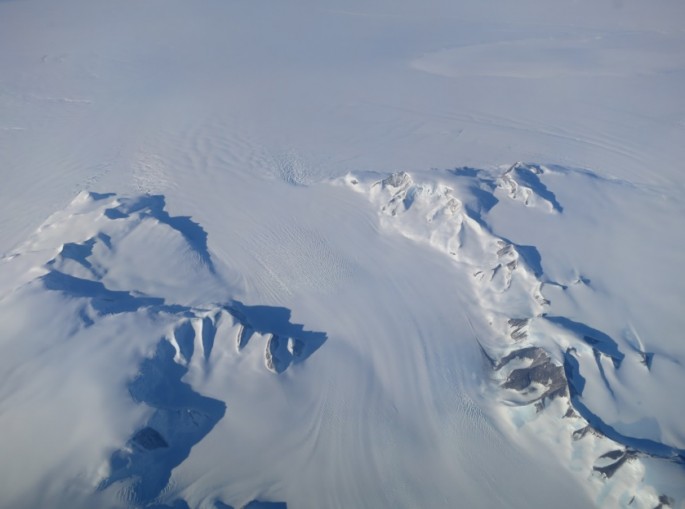A new NASA study reveals that increasing ice sheets of Antarctica are now making up for its losses however, these findings are challenging other ones such as the Intergovernmental Panel on Climate Change in 2013, that suggest that these ice gains are not offsetting these losses.
This new study does not ignore prior studies of significant ice losses when it comes to Antarctic glaciers, ice sheets and sea ice volume that are disappearing however, these new findings offer new evidence from previously unaccounted for ice gains.
New data reveal that there are 112 billion tons of net gain for every year between 1992 and 2001 where there were 82 billion tons of ice gains that has been monitored from 2003 to 2008.
According to lead author of the study Jay Zwally, from the NASA Goddard Space Flight Center, in this new study along with other studies, this coincide with the fact that there is an increase of ice discharge from the Antarctic Peninsula along with the Thwaites and Pine Island region found in West Antarctica. However, the disagreement lies in East Antarctica and the interior region of West Antarctica where ice gain was observed, exceeding losses in some areas.
Zwally who is also a glaciologist reveals that satellite data analysis shows smaller height changes over large areas and larger, significant changes in smaller areas. These ice gains mainly originate from ice becoming thicker were researchers have not accounted for these snow accumulations.
This new study examined meteorological records that showed accumulations that dropped in the last 20 years where the team also investigated historical meteorological data deriving from ice cores and determined that snowfall from 10,000 years back has been apparently compacted and transformed into ice from previous millenia.
These new findings are now challenging to change current climate models in the attempt to predict sea levels that are continuously rising.
Zwally adds that Antarctica is not the only source for rising sea levels but it is actually reducing sea levels to 0.23 millimeters every year. Even if this may sound as good news, this is also bad news since 0.27 millimeters of sea levels rising every year that was previously attributed to Antarctica where the source is not actually from the continent itself, means that there is a previously unaccounted for source of sea level rise, not yet determined by scientists.
This new study is published in the Journal of Glaciology.



























